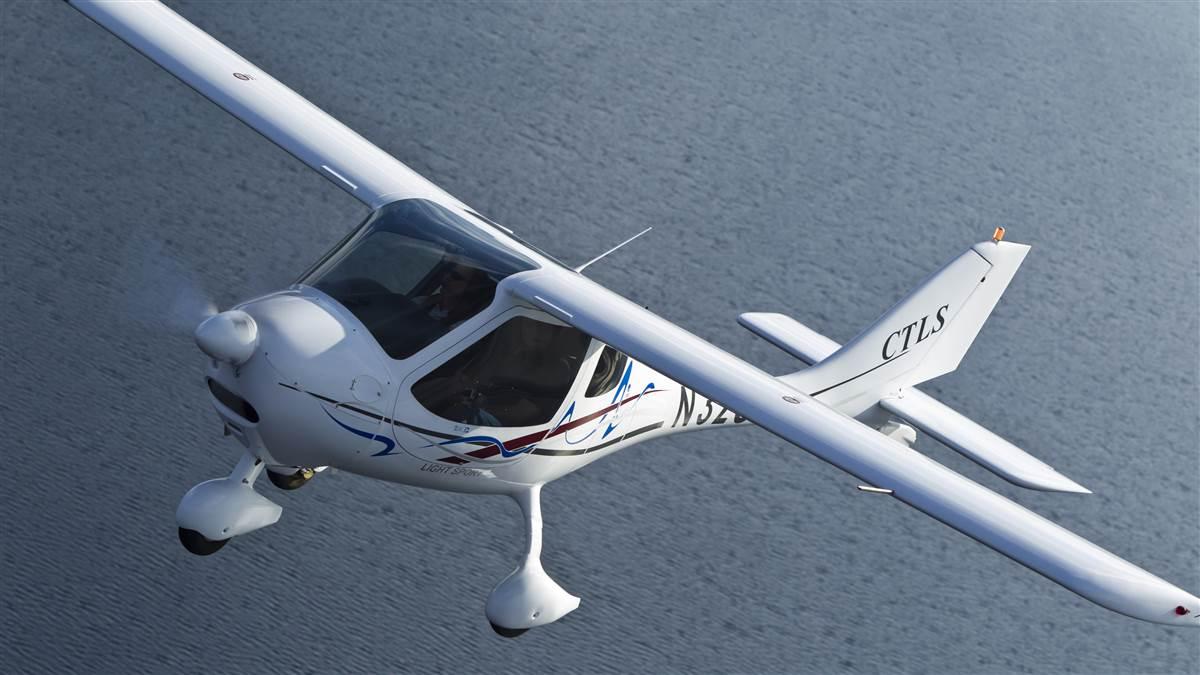Start here
Navigating the exciting, confusing, sometimes frustrating, ultimately exhilarating path to learning to fly

Why did you decide to learn to fly?

Step one: Look up
Why do you want to learn to fly? Answering this one basic question will help guide you as you navigate a string of decisions down the road—everything from where to study to which ratings to pursue or how to pay for training. So, the next time you hear an aircraft overhead, allow yourself to daydream as your eyes follow it across the sky. Do you picture yourself wearing captain’s bars in the cockpit of a modern jet? Shuttling yourself to business meetings so you can be back the same day? Or flying low and slow over lazy rivers in a classic Piper Cub? Having a clear vision of where you want to go will help you take the steps to get there.
This is also a good time to assess your personal situation. Are you prepared to commit the time and resources to reach your flying goals?
Time. In the late nineteenth century, Hermann Ebbinghaus practiced memorizing lists of nonsense syllables over and over again. How is this relevant to flight training? Nonsense syllable might be your first reaction to new aviation terms such as VOR and TAF, but Ebbinghaus’ experiments helped define a concept known as the forgetting curve. Without repetition, his memory dropped off rapidly before eventually leveling off. But if he re-learned the sequence at regular intervals, the drop-off became less and less pronounced. Frequent repetition improves learning. Many instructors recommend booking at least two lessons per week to maintain your training momentum.
Money. How much does it cost to fly? The number varies widely depending on whether you want to fly a two-seater to the beach or a widebody passenger jet across the ocean, so talk to your flight training provider about how much it will cost to reach your goals. But earning an initial pilot certificate generally costs between $6,000 and $12,000. University aviation programs may offer scholarships or student loans for career-bound flight students, but most pilots flying for fun pay as they go. AOPA offers scholarships for flight training (https://youcanfly.aopa.org/scholarships), as well as financing (www.aopafinance.com), but it helps to have some amount saved before you start training.
Family. Don’t underestimate the value of a happy co-pilot. Supportive family members can help you succeed through the demanding flight training process, and become your long-term flying companions. If your loved ones are apprehensive about your flying, take the time to address their concerns.
Step two: Go to an airport
Before she broke Amelia Earhart’s speed record or opened the Happy Bottom Riding Club immortalized in The Right Stuff, Florence Lowe “Pancho” Barnes went to an airshow as a child. Modern-day aerobatic performer and Red Bull Air Race competitor Michael Goulian got his start sweeping floors and helping out at his family’s flight school. Clyde Cessna—yes, that Cessna—built his first airplane within a year of seeing his first airshow. Reading up on aviation is great, but the airport is where you’ll get inspired.
There’s a ton of information online about learning to fly—maybe too much. It’s easy to get overwhelmed by all the options, requirements, and regulations. So set down the iPad before you get too deep into AMEs and the duration of medical certificates, and drive to the airport.
Just hang out. Ask any group of pilots how they started flying, and chances are you’ll hear stories of riding bicycles to the airport to watch airplanes take off and land, or of washing airplanes in exchange for flight time. Many airports have benches in a convenient viewing area or a restaurant with a view of the runway. Stop by to watch on a busy Saturday, and chat with the people you meet; chances are, you won’t be alone.
Go to an event. Fly-ins, airshows, pancake breakfasts, safety seminars: Events are a great way to connect with other pilots, learn about aviation, and see some cool aircraft in the process. Whether it’s a small event at your local airport, one of AOPA’s Regional Fly-Ins (www.aopa.org/flyins), or an event with a national draw such as EAA AirVenture in Oshkosh, Wisconsin, any excuse to join the aviation community at the airport is a good one.
Visit a flight school. Who will teach you to fly? Some pilots travel for their flight training, particularly for an accelerated, academy, or academic program (see “Where to Train,” p. 38), but most learn close to home. If you’ve gotten to know other pilots on the field, they can weigh in on the reputation of flight schools and independent instructors based at your local airport. Once you find a flight training provider, find out more from the chief flight instructor. What aircraft are used for training, and how are they maintained? How will you be paired with an instructor who matches your learning style? About how much does it cost to earn a primary certificate? Does the school or instructor host any social events where you can gain support from other students?

Step three: Do the legwork
As part of his airshow routine, aviation legend Bob Hoover used to pour a glass of iced tea with one hand while rolling the aircraft with the other. You likely won’t do anything quite so exciting in the aircraft during training, but you will learn about the principles that made his stunt possible.
There are two main elements of learning to fly: the fun part (flying!) and the not-so-fun, but still important part (ground training). Together, they’ll prepare you to be tested in a knowledge exam and a checkride comprising oral and practical evaluations. If your eyes start to glaze over while reading about aerodynamics and centrifugal force, remind yourself that’s how Hoover poured iced tea upside-down.
Ground training. Ground school used to be straightforward: You’d sign up for classes at your local flight school, study a textbook at home, and ultimately earn an endorsement from an instructor to take the knowledge test. That’s still an option, but the advent of digital media means you can access many high-quality ground school options from just about anywhere. You can watch videos and take interactive courses online; even if you choose an in-person option, videos and other educational resources, such as those offered for free by the AOPA Air Safety Institute (www.airsafetyinstitute.org), can supplement your training. And AOPA has instructors on staff to answer your questions along the way; call 800-USA-AOPA (872-2672) or email [email protected]. When you’re ready to take the knowledge test, you’ll need an endorsement certifying you’ve demonstrated satisfactory knowledge in each area; you can get one from an instructor after an in-person ground school or one-on-one training, or automatically after a home study course.
Flying. In addition to passing your knowledge test and checkride, the FAA requires pilots to meet minimum aeronautical experience requirements for the certificate they’re seeking. For the private pilot certificate, that includes at least 40 hours of total flight time (for Part 61 training; see “Where to Train?” p. 38), with specific requirements for certain types of flying. General aviation training aircraft are equipped with dual controls, and you’ll sit in the “pilot’s seat”—and take the controls to fly—from the very first flight. Most lessons are arranged in two-hour blocks including pre- and postflight briefs with your instructor, and each flight will build on the skills you learned in the previous flights. You’ll practice takeoffs and landings, maneuvers such as aerodynamic stalls and flying solely by reference to instruments, flying cross-countries to other airports—and you’ll even fly alone (see “Solo Smile,” above). Meeting the minimum experience requirements likely won’t be a problem; it’s gaining proficiency in the skills of flying, navigating, and communicating that’s important. Your instructor will guide you through the process, taking as much time as it takes to get it right.

Step four: Explore
At Flight Training, we like to say a good pilot is always learning. Flying after you earn your certificate will bring new and exciting challenges as you stretch your wings, flying to unfamiliar airports and in changing conditions.
Go places. After so many trips around the pattern, now’s your chance to see where the airplane can take you. Not only does an aircraft give you access to a wide range of destinations—from nearby lunch stops to remote mountain getaways—but flying frequently helps you keep your skills sharp. For inspiration on where to fly, check out AOPA’s Destinations portal (www.aopa.org/destinations), which allows you to search flying destinations based on airport amenities and nearby activities—and even access airport information to plan your flight.
Bring friends. John Glenn may have made history alone, but much of his flying after his historic Mercury orbit was with company. The former astronaut and U.S. senator flew with his wife, Annie, until age 90 in his Beechcraft Baron twin-engine aircraft. Most general aviation aircraft have at least one extra seat for a passenger—so you, too, can share the joy of flying with someone and make long flights pass quickly with good company.
Take on new challenges. If you’re a goal-oriented person, you may earn your pilot certificate and then think, now what? Fortunately, there’s a panoply of options for continued learning—from developing a skill such as mountain flying, which requires no endorsement or FAA test, to earning a series of ever-more-advanced certificates and ratings. A new skill, endorsement, rating, or certificate can expand your flying options and keep you energized about flying.
Milestones
Solo smile
You’re on your own. Celebrate!
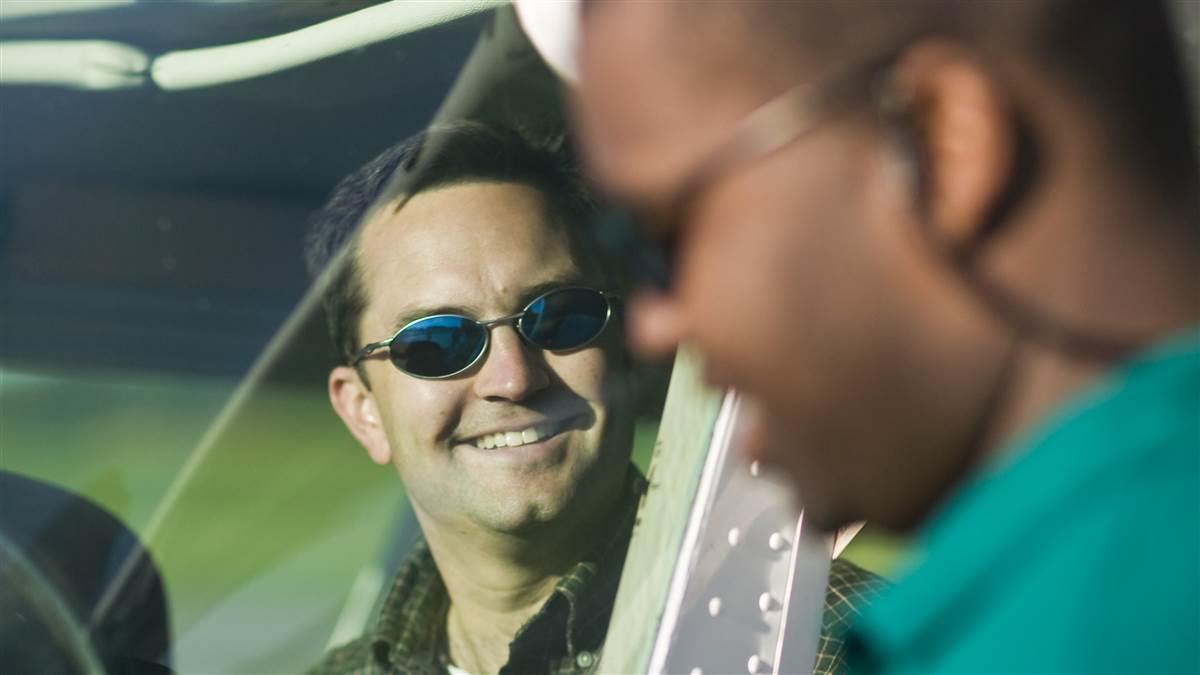 A student pilot’s first solo flight is a big deal. Yesterday you were flying along, gaining confidence in your skills and judgment but knowing in the back of your mind that your instructor was there—inches from the controls—to bail you out. Today, your instructor is so confident in you that she stepped out of the cockpit and waved you on your way. Your heart pounds. The airplane feels a little lighter as you climb out and make a circuit around the pattern. A couple more full-stop landings, and you taxi back to celebrate.
A student pilot’s first solo flight is a big deal. Yesterday you were flying along, gaining confidence in your skills and judgment but knowing in the back of your mind that your instructor was there—inches from the controls—to bail you out. Today, your instructor is so confident in you that she stepped out of the cockpit and waved you on your way. Your heart pounds. The airplane feels a little lighter as you climb out and make a circuit around the pattern. A couple more full-stop landings, and you taxi back to celebrate.
One common post-solo tradition is cutting a student’s shirttail; the instructor often decorates the excised cloth with the date and N number, and maybe even a crude drawing of the airplane. Many schools post pictures of student milestones online and list them in the lobby. However you celebrate, give yourself credit for a major milestone in training.
Frugal flier
Stretching a dollar
10 tips for saving money on training
Let’s face it: Flight training isn’t cheap. But you can reduce the cost of learning to fly by following a few simple tips.
- Train often. Don’t give your newfound skills a chance to get rusty between lessons. Book frequent flights to finish training in fewer total hours.
- Come prepared. Many skills are best learned in the cockpit. But many more concepts—aerodynamics, aircraft systems, and more—can be learned in the calmer environment of ground study. Do your homework, and you’ll spend less money on aircraft rentals and instructor time. You can even complete your ground training and knowledge test before you set foot in an airplane.
- Hit the sim. Practice procedures and emergencies in a realistic environment, without the full cost of an aircraft, by using flight simulators or aviation training devices.
- Fly old, small, and simple. Many factors go into choosing the right airplane for training (see “What Will You Fly?” at right). But if your goal is saving money, be prepared to fly something much older than the typical car. Aircraft must go through frequent inspections and engines are overhauled periodically, so a well-maintained aircraft can be decades old and still fly like new. And those slick, newer four-seaters with colorful, digital glass-cockpit displays may make great training platforms, but you’ll learn the same flying concepts in a slow two-seater with analog gauges. Your shiny new pilot certificate is all the glamour you’ll need.
- Go sport pilot. Speaking of smaller aircraft, the lower operation costs of some Light Sport aircraft and the lower hour requirements of the sport pilot certificate (see “What Type of Certificate?” p. 36) make this an option for some pilots looking to save money.
- Fly gliders. No engine, no fuel cost. Just make sure you have a go-to friend who can pick you up if (when) you land off-airport.
- Bum rides. Flying with another pilot can help you absorb the language of radio communications, the nuances of avionics, and real-world flying considerations you may not learn about in training. It’s also a lot of fun.
- Get creative. Know anyone who will let you wash airplanes, mow grass, or clean floors for flight time? You’ll never know if you don’t ask.
- Apply for scholarships. It’s a lot easier to pay for training when someone else is pitching in. Applications for AOPA’s 2018 scholarships have closed, but look for next year’s scholarships in early spring.
- Join the hangar talk. Pilots love to talk about flying. Swapping stories by the airplane is an opportunity to share a common passion with fellow pilots, but it also offers an opportunity to share valuable lessons from flights that didn’t go as planned.
Other than flying, what’s your favorite thing to do at the airport?
Plane spotter
What will you fly?
A sampling of the GA training fleet
Learning to fly? You might find these common trainers on the flight line.
Cessna 172
The four-seat Cessna 172 is one of the most common airplanes used by flight schools—and individual pilots.
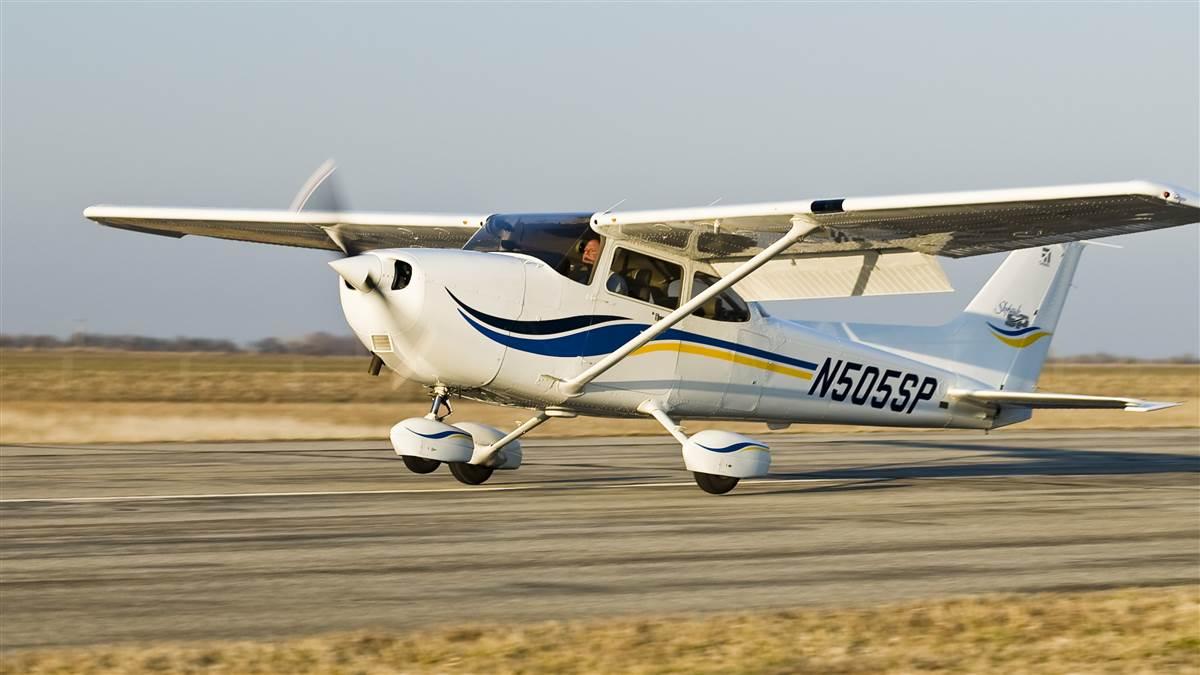
Cirrus SR20/SR22
Although more expensive to rent than the Cessna 172 or Piper Warrior, “the airplane with the parachute” is the best-selling piston single and a hit with passengers.

Diamond DA20
The two-place piston-engine Diamond DA20 is made of composite construction that creates an aerodynamically clean airframe.
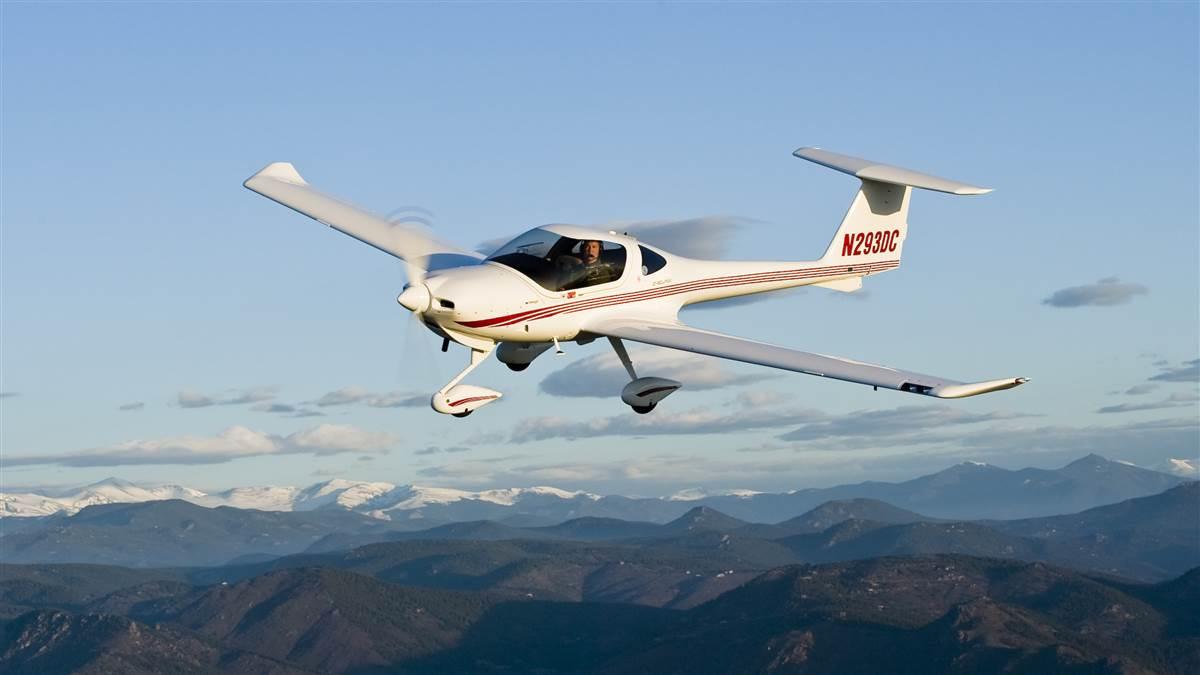
American Champion Citabria
This descendant of the Aeronca Champ is commonly used for tailwheel and aerobatic training.
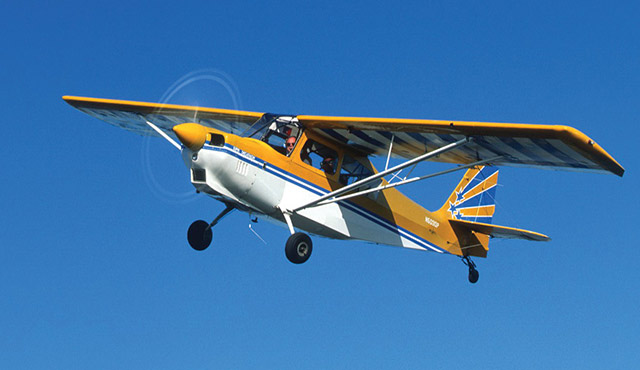
Piper Cherokee/Warrior
Prefer a low-wing model? The four-seat Piper Cherokee and its successor, the Warrior, also are popular trainers.
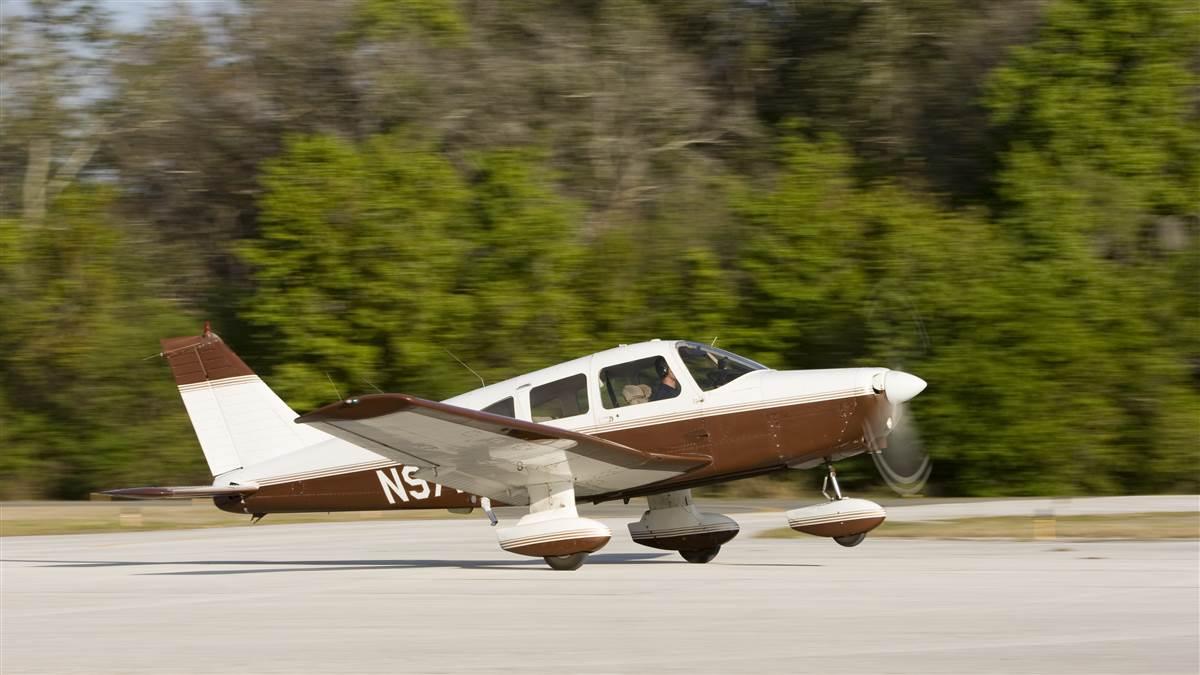
Cessna 150/152
The two-seat Cessna 150 and 152 are inexpensive to operate, reliable, and easy to fly.
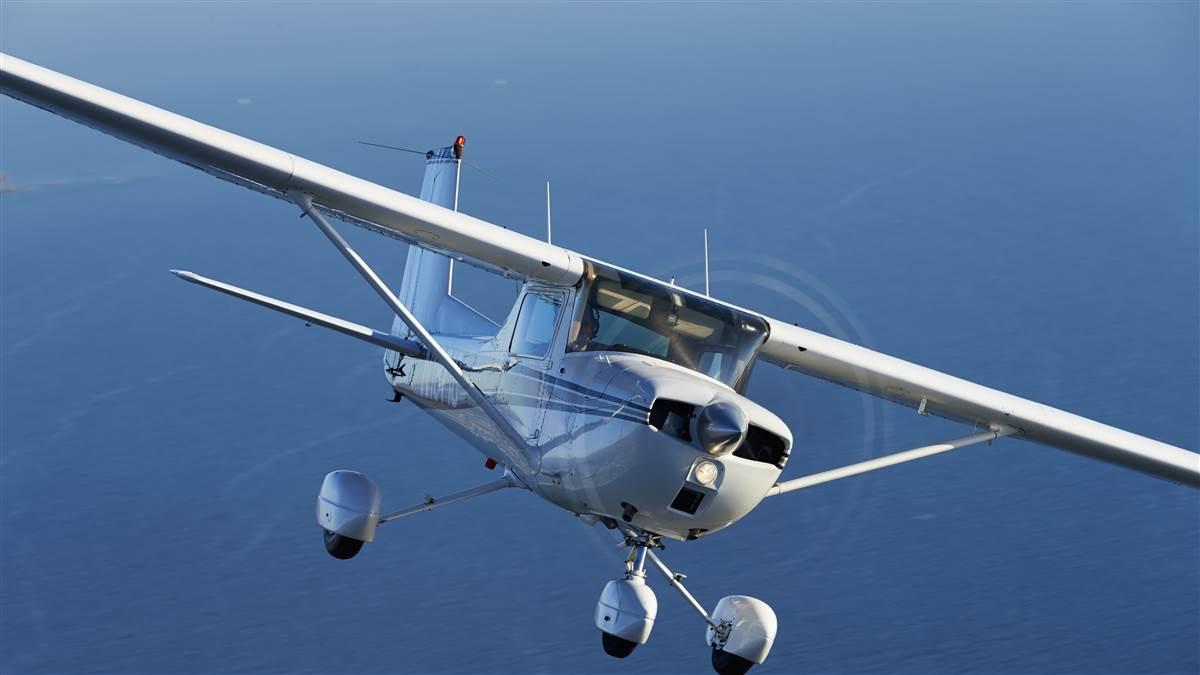
Piper Cub
Perhaps no other airplane captures the essence of flying’s joy and freedom better than the tube-and-fabric Piper Cub.

Flight Design CTLS
This German-designed aircraft has been a top seller in the Light Sport aircraft category.
